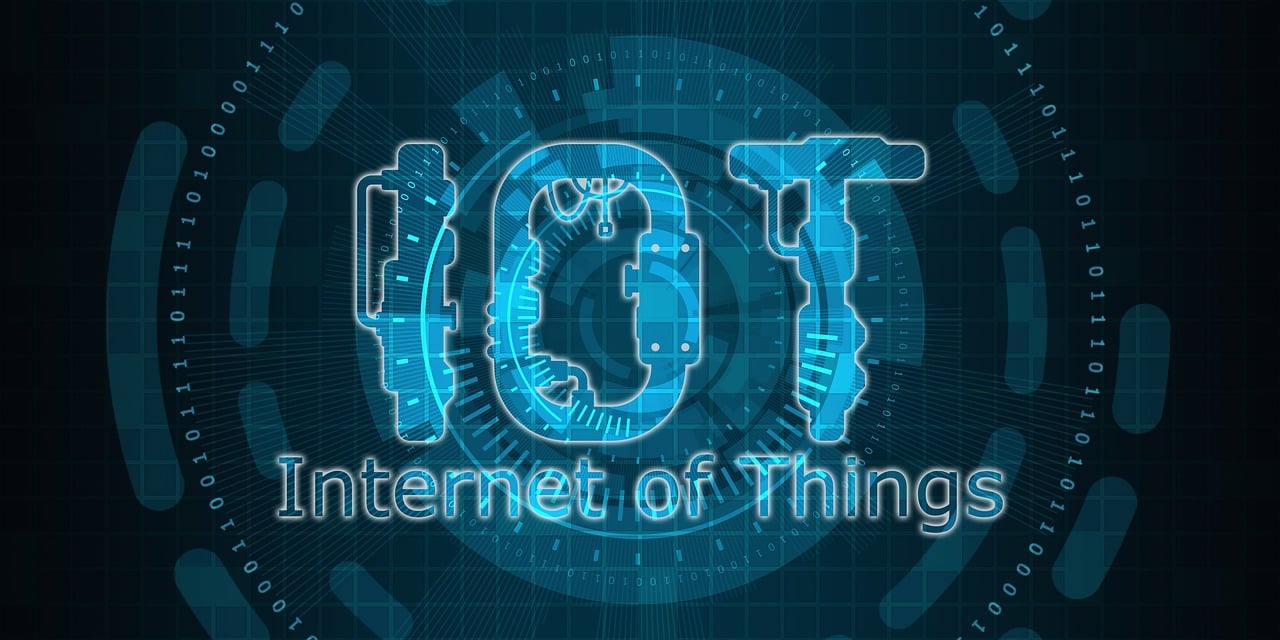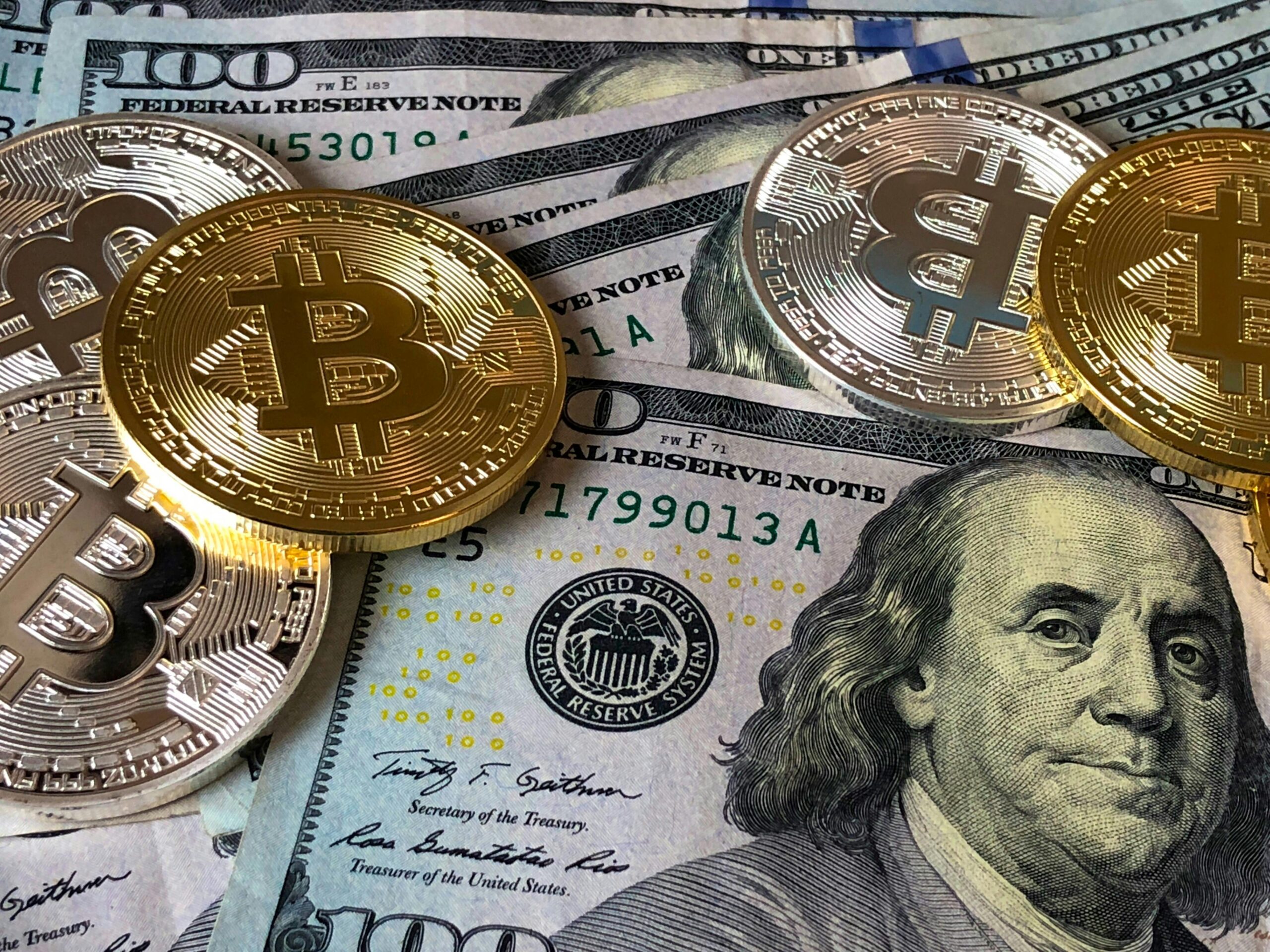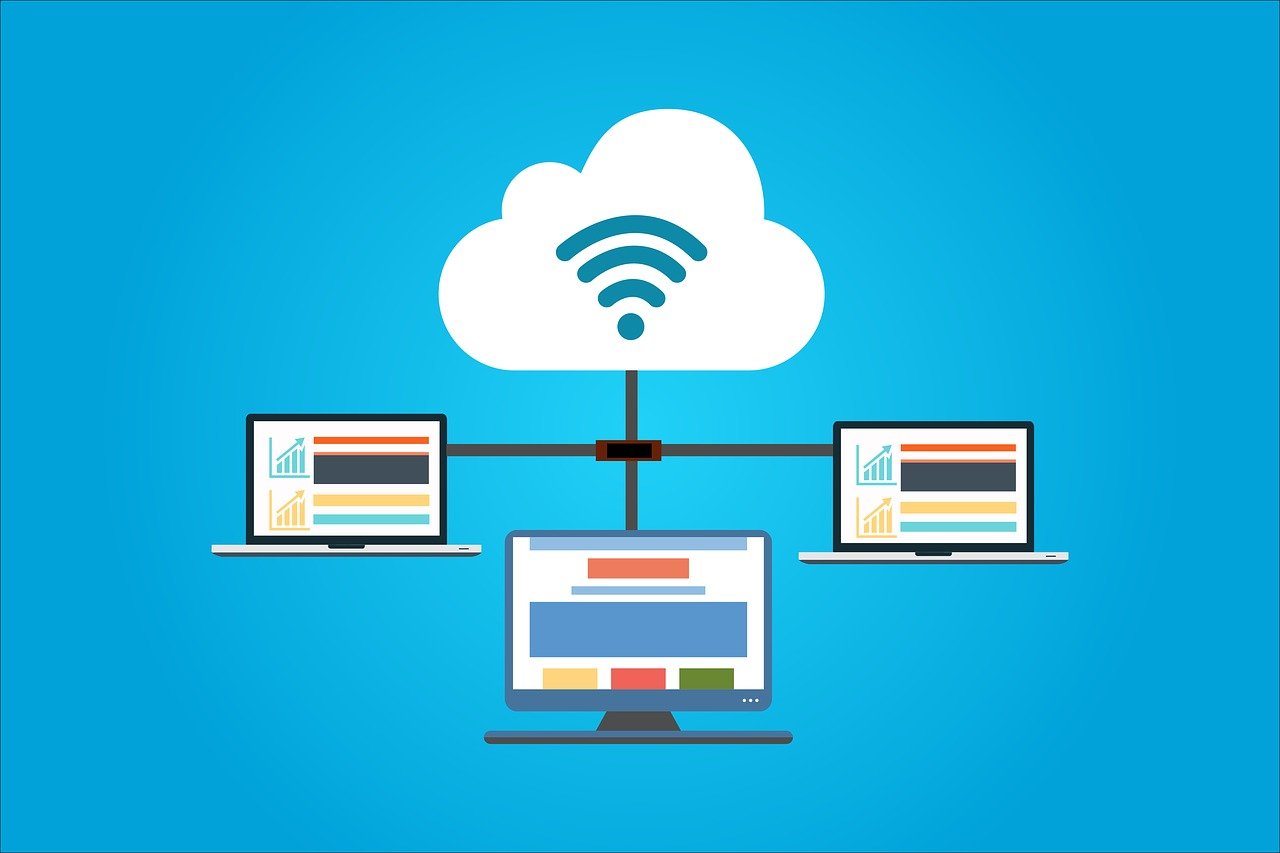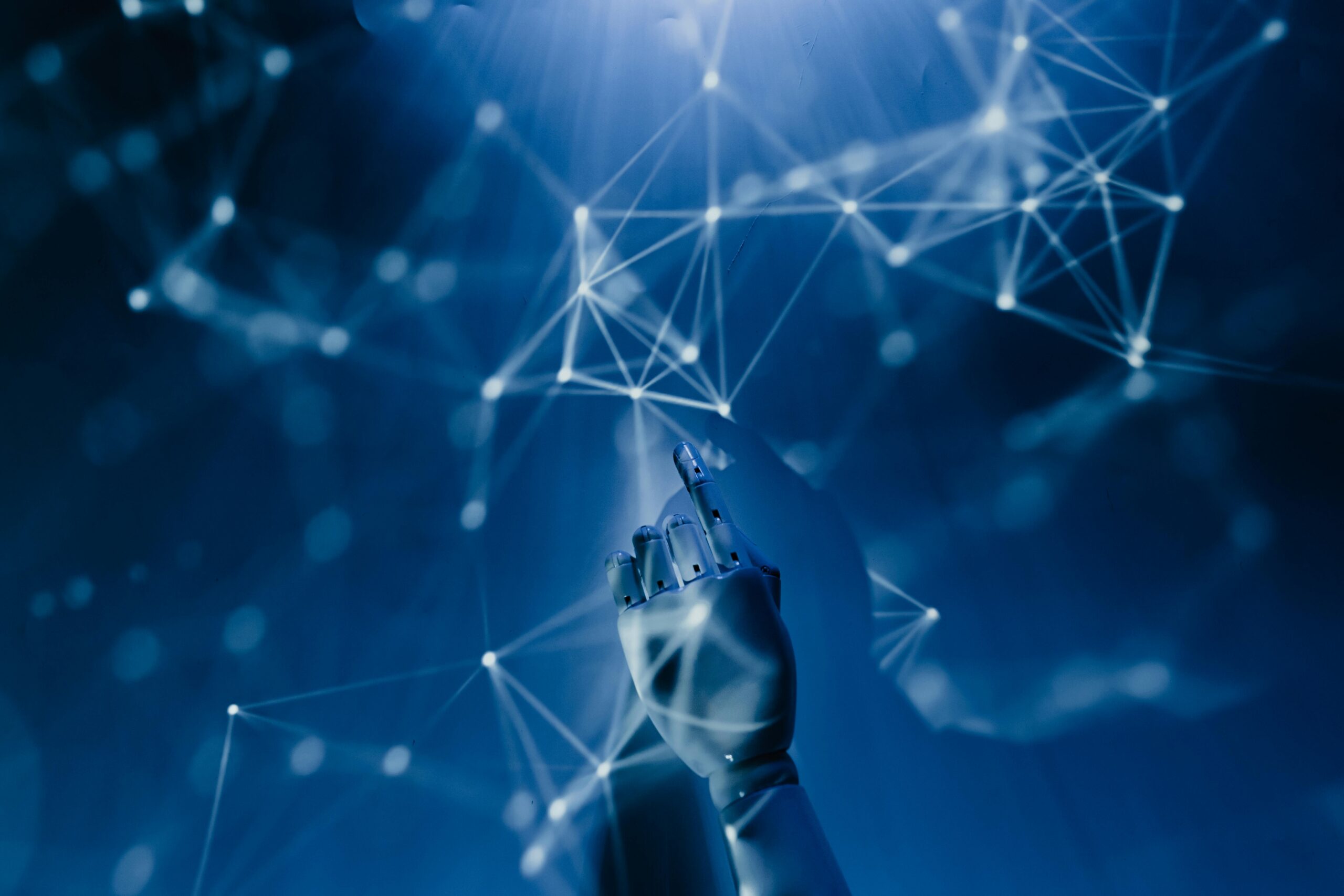The Internet of Things (IoT) is evolving at a rapid pace, transforming industries and reshaping how we interact with the world around us. With billions of devices already connected and many more on the way, IoT is driving innovation in smart cities, healthcare, manufacturing, and beyond. But what does the future hold for IoT?
In this post, we’ll explore the key trends and innovations that will define the future of IoT and how they’ll impact businesses and everyday life.
🌐 What is IoT?
IoT refers to a network of connected devices that collect, share, and analyze data in real time. These devices can be anything from smart home gadgets and wearable tech to industrial sensors and connected vehicles. The goal of IoT is to make our environments more efficient, safer, and more convenient through automation and data-driven insights.
🚀 Future IoT Trends
1️⃣ Edge Computing & Real-Time Processing
As IoT devices generate massive amounts of data, edge computing will become essential for processing that data closer to the source, reducing latency and improving real-time decision-making. This is crucial for industries like autonomous vehicles, healthcare, and industrial automation.
- Example: Self-driving cars process data at the edge for immediate decision-making rather than relying on cloud data centers.
Impact: Faster response times, reduced bandwidth usage, and improved performance for real-time applications.
2️⃣ AI and IoT Integration (AIoT)
The combination of Artificial Intelligence (AI) and IoT will unlock new possibilities, making IoT devices smarter and more autonomous. AI will analyze IoT data to predict outcomes, automate responses, and enhance decision-making.
- Example: Smart buildings using AI to optimize energy consumption based on real-time usage patterns.
Impact: Predictive maintenance, better automation, and improved user experiences.
3️⃣ 5G and IoT Connectivity
The widespread adoption of 5G will supercharge IoT by providing faster speeds, lower latency, and more reliable connections. This will enable new IoT use cases that were previously impractical.
- Example: Connected healthcare devices that provide real-time monitoring and remote surgery capabilities.
Impact: Enhanced performance for IoT applications in smart cities, autonomous vehicles, and remote healthcare.
4️⃣ IoT in Smart Cities
IoT is a key enabler for smart cities, improving urban infrastructure, traffic management, waste collection, and energy efficiency. Cities will increasingly rely on IoT sensors and platforms to optimize resources and enhance quality of life.
- Example: Smart traffic lights that adjust in real time based on traffic flow data to reduce congestion.
Impact: More sustainable cities, reduced energy consumption, and improved public services.
5️⃣ Focus on IoT Security and Privacy
As IoT networks grow, so do the risks. Security and privacy will remain top concerns as connected devices become prime targets for cyberattacks. Future IoT systems will need stronger security protocols, encryption, and authentication methods.
- Example: Blockchain technology for secure device communication and data storage.
Impact: Safer IoT ecosystems and more trust in connected solutions.
6️⃣ IoT in Healthcare
The future of IoT in healthcare is bright, with innovations in remote monitoring, wearable health devices, and personalized care. These devices will provide real-time insights into patient health, enabling proactive treatment and improved outcomes.
- Example: Smart insulin pumps that automatically adjust dosages based on blood sugar readings.
Impact: Better patient care, reduced hospital visits, and improved chronic disease management.
📈 Industries Set to Benefit from Future IoT Innovations
- Manufacturing: Smart factories will use IoT for predictive maintenance, automation, and inventory management.
- Retail: IoT sensors will enhance customer experiences through personalized offers and seamless inventory tracking.
- Agriculture: IoT will help optimize irrigation, monitor crops, and improve food security.
- Energy and Utilities: Smart grids will enable more efficient energy distribution and consumption monitoring.
🛡️ Challenges for the Future of IoT
Despite its promise, IoT faces several challenges:
❌ Security and Privacy Risks: Connected devices are vulnerable to cyberattacks.
❌ Interoperability Issues: Lack of standardized protocols can lead to device compatibility problems.
❌ Data Overload: Managing and analyzing massive amounts of IoT data will require advanced tools and infrastructure.
❌ Power and Connectivity Constraints: IoT devices often face power limitations and require consistent connectivity.
🎯 Final Thoughts
The future of IoT is exciting and full of possibilities. As innovations in AI, 5G, edge computing, and smart city technologies continue to advance, IoT will become even more integrated into our daily lives. Businesses that embrace these trends will gain a competitive edge, improve operations, and deliver new value to customers.
However, to unlock the full potential of IoT, organizations must also address security, privacy, and interoperability challenges. With the right approach, the Internet of Things will continue to transform the world, making it more connected, intelligent, and efficient.
Want to stay updated on the latest IoT innovations? Follow Packet-Switched.com for more insights and expert advice! 🚀



